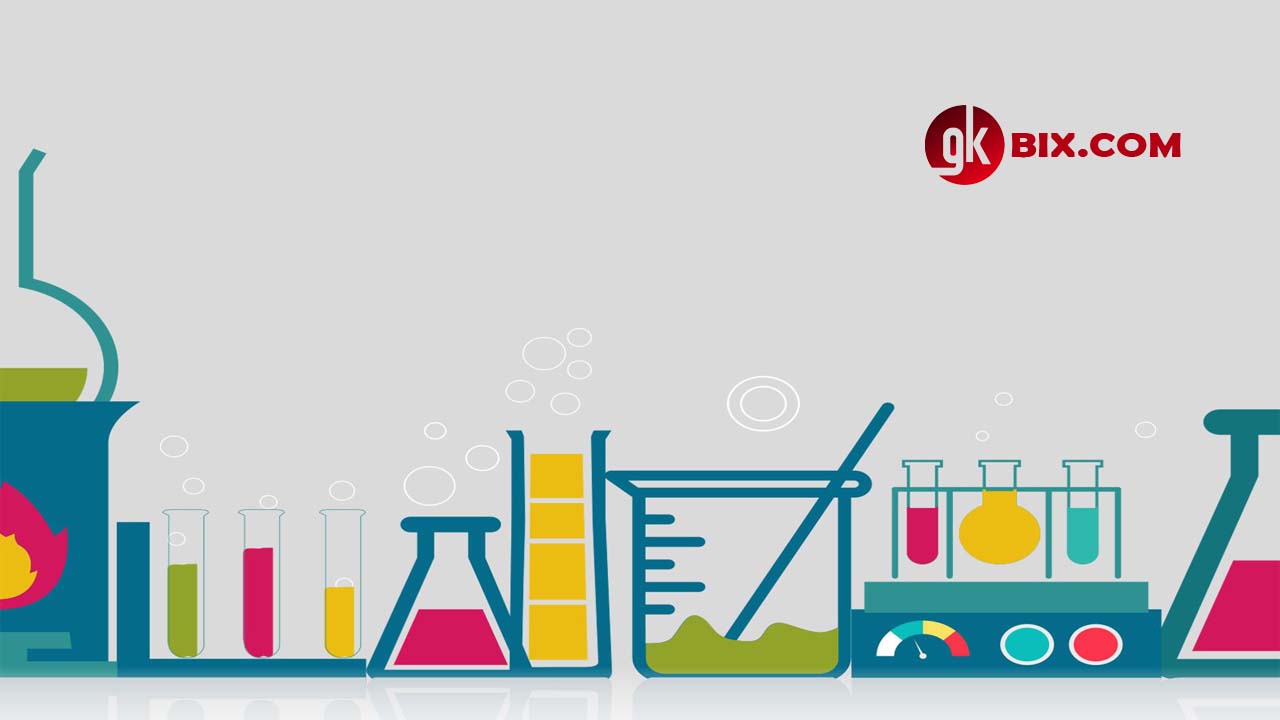[130+] Medicine General Knowledge question and answers 2024
[130+] Medicine General Knowledge question and answers 2024 Q1. Who is considered the father of neurology? A. Paul Enrich B. F.J.Gall C. Pincus D. Kolf Ans. B Q2. Who was the inventor of the kidney machine? A. Willem Johan Kolff B. Sertumer C. Robert Koch D. Einthoven Ans. A Q3. Who was the first to … Read more









